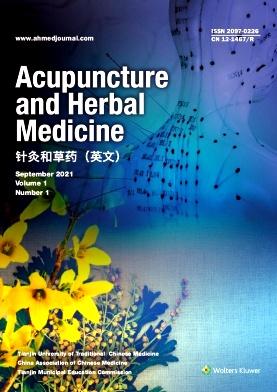A comprehensive review of azadirachtin: physicochemical properties, bioactivities, production, and biosynthesis
引用次数: 0
Abstract
Azadirachtin, a complex tetratriterpenoid limonin with potent insecticidal properties, is the most widely used biological pesticide worldwide. Its versatile pharmacological applications include the inhibition of tumor growth and anti-malarial, anti-bacterial, and anti-inflammatory properties. Azadirachtin plays a pivotal role in pest control and novel drug development. The primary source of azadirachtin is the neem tree (Azadirachta indica A. Juss), with an azadirachtin content ranging from 0.3% to 0.5%. Despite the market demand for botanical pesticides reaching approximately 100,000 tons per year, the annual neem production in China is only 1.14 tons. Although azadirachtin can be obtained through plant extraction or chemical synthesis, the quantity obtained does not meet the market demand in China. The sluggish pace of azadirachtin biosynthesis results from the limited availability of genetic information and the complexity of the synthetic pathway. Recent advancements in azadirachtin biosynthesis hold promise as an efficient collection method. In this study, we explored the physicochemical properties, biological activities, mechanisms of action, and acquisition methods of azadirachtin. We also delved into recent progress in azadirachtin biosynthesis and assessed potential future usage challenges. This study aims to establish a theoretical foundation for the scientific application and efficient synthesis of azadirachtin, offering valuable reference information to the industry.全面评述氮杂卓素:理化性质、生物活性、生产和生物合成
杜鹃花素是一种复杂的四萜类柠檬素,具有强大的杀虫特性,是全球使用最广泛的生物农药。它的药理应用非常广泛,包括抑制肿瘤生长、抗疟疾、抗菌和消炎。杜鹃花素在害虫控制和新型药物开发方面发挥着举足轻重的作用。印楝树(Azadirachta indica A. Juss)是杜鹃花素的主要来源,其杜鹃花素含量在 0.3% 至 0.5% 之间。尽管植物杀虫剂的市场需求达到每年约 10 万吨,但中国的印楝年产量仅为 1.14 吨。虽然可以通过植物提取或化学合成获得氮杂楝素,但其数量并不能满足中国市场的需求。由于遗传信息的有限性和合成途径的复杂性,杜鹃花素的生物合成进展缓慢。最近在氮杂环丁烷生物合成方面取得的进展有望成为一种高效的采集方法。在本研究中,我们探讨了氮杂环丁烷的理化性质、生物活性、作用机制和采集方法。我们还深入研究了氮杂环丁烷生物合成的最新进展,并评估了未来使用氮杂环丁烷可能面临的挑战。本研究旨在为科学应用和高效合成杜鹃花素奠定理论基础,为业界提供有价值的参考信息。
本文章由计算机程序翻译,如有差异,请以英文原文为准。
求助全文
约1分钟内获得全文
求助全文

 求助内容:
求助内容: 应助结果提醒方式:
应助结果提醒方式:


